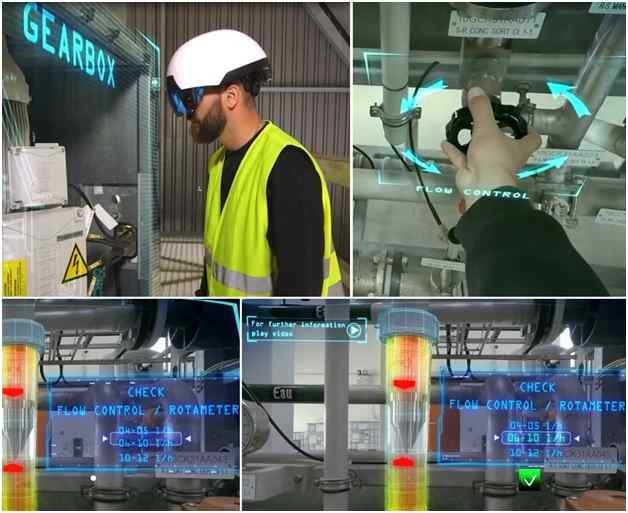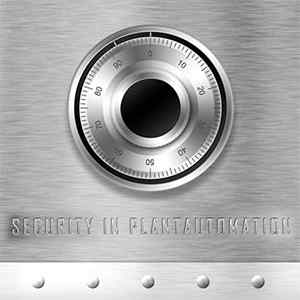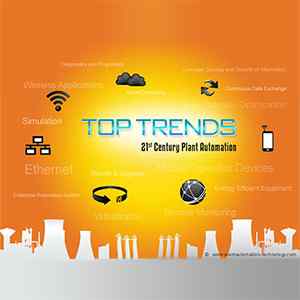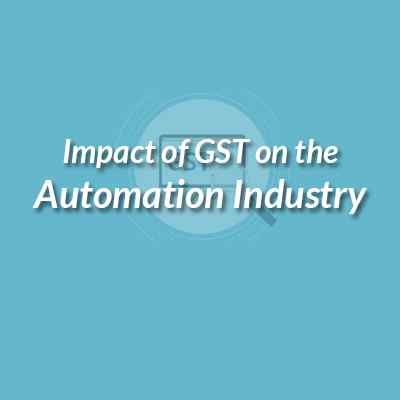Two Major Factors turning Automation
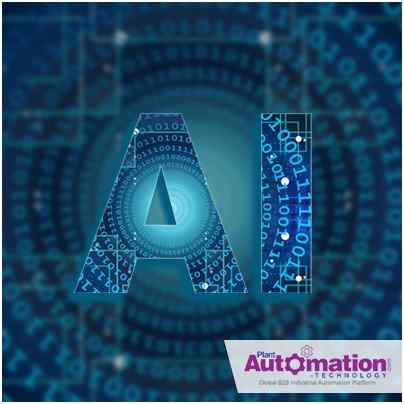
Most of the intellectuals moved to IT leaving Automation. Now, automation supported Artificial Intelligence and Augmented reality are exploding its benefits rapidly into the world. Artificial Intelligence and Augmented Reality acts as the front end for the industrial automation. It includes self-driving cars, face recognition, web search, industrial robots, missile guidance, tumor detection and many more.
What is Artificial Intelligence (AI)?
AI is a programme encoded with a coding embedded self-learning intelligence. Everyone discuss AI as a future but look around it is the present.
• An area of computer science
• Simulation of human intelligence process by the machine
• A programme or a machine to think and learn
• A machine intelligence that performs any intellectual task that a human being can do
Artificial Intelligence can be divided into three stages they are
• Artificial Narrow Intelligence (ANI)
• Artificial General Intelligence (AGI)
• Artificial Super Intelligence (ASI)
Artificial Narrow Intelligence : Narrow artificial intelligence focuses on a single subset of cognitive intelligence and advances in that bracket. Narrow intelligence is limited in a boundary an AI used in driving a car is limited to the car and Siri, Google AI and Cortana are best examples of weak AI.
Artificial General Intelligence: It is also known as strong AI and full AI. General intelligence perform any task that human being can. A group of Narrow or weak AI together form a general intelligence the ability to think that of a human being.
Artificial Superintelligence: Artificial superintelligence is a term referring to the time when the ability of computers will surpass humans. Artificial superintelligence goes a step beyond and postulates a world in which a computer’s cognitive intelligence is superior to a human’s.
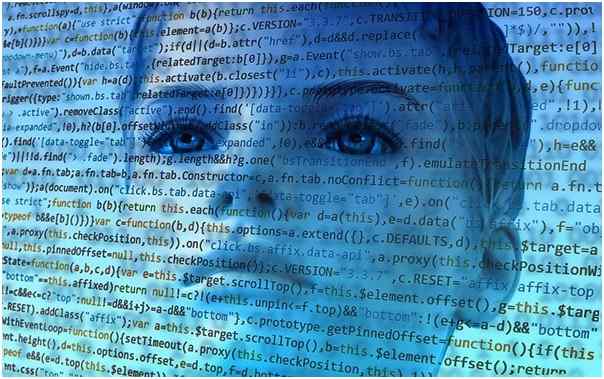
How does Artificial Intelligence learn?
There are lots of different ways of learning - supervised, unsupervised, semi-supervised, and many algorithms within each of that management. And nobody knows what the "optimal learning algorithm" is, or even if there is such a thing.
Optimal learning algorithm collects data efficiently it observes phenomena and learns the best out of the results. For example a drug delivery, it observes all the possible ways and learns the best potential combination for curing a particular disease. Artificial Intelligence learns through a subset called Machine learning.
Machine learning: It is a subset of AI that analyze data and make predictions. The encoded algorithms make them learn how to make decisions. The process of learning begins with the observation. all machine learning is Artificial Intelligence, but not all Artificial Intelligence is machine learning.
Deep learning: These are self-educating machines and a subset of machine learning. Artificial neural network is a single output from many inputs, It helps deep Learning makes a machine see, amalgamate unique art, translate languages, provide a medical diagnosis, or build a car that can drive itself.
Artificial Neural networks: Neural network is a subset of deep learning. it associates with the transferring of knowledge from one system to other. An Artificial Neural Network (ANN) is an information processing model that is inspired by the biological nervous systems, such as the brain, process information. The key factor of this paradigm is the novel structure of the information processing system. It is comprised of a large number of highly interconnected processing elements working in cooperation to solve specific problems.
How AI is used in Automation?
At the present AI is used in various industries like transportation, gaming, robotics, security, education, mobile and business. Intelligent automation is a combination of Artificial Intelligence (AI) and automation. Intelligent automation tools unlock the existing platforms in a managed and controlled manner, ensuring it is applied where it can deliver optimal value to the business. AI predicts failures, reduce maintenance cost, optimising inventory and resources. Co-bots are the best examples of AI used in automation.
Experts opinion on AI
Elon Musk
"It's just like if we're building a road, and an anthill happens to be in the way. We don't hate ants, we're just building a road. So, goodbye, anthill."
Ray Kurzweil _Futurist
"Law of Accepting Returns"
Stephen Hawking
"The development of full artificial intelligence could spell the end of the human race."
What is Augmented Reality?
Augmented reality (AR) is an interactive experience of a real-world environment where the objects that sojourn in the real-world are "augmented" by computer predicted information, sometimes it uses multiple sensory experiences like visual, auditory, hepatic and emanation. The overlaid sensory information can be constructive (i.e. additive to the natural environment) or destructive (i.e. masking of the natural environment) and is seamlessly mixed with the physical world such that it is recognised as an immersive aspect of the real environment.
How is Augmented Reality is used in automation?
Since Microsoft rolled out its HoloLens commercial suite in July 2016, it has seen an uptick in activity on the industrial AR front, across vertical industry segments with many customers moving from pilot stage into production. Independent software vendor (ISV) partnerships, making it easier for companies to develop AR apps with out-of-the-box functionality instead of requiring the skilled resources of do-it-yourself (DIY) custom programming, says Greg Sullivan, Microsoft’s director of communications for mixed reality.
• Valvo has been enterprising with AR on its assembly line using Microsoft Hololens.
• Mitsubishi Electric has been developing maintenance-support technology using AR based on the 3d model.
• An Elevator manufacturer uses Hololens in service operations to have remote, hand free access to technical and expert information on site.
• In Siemens, Augmented Reality is used to train maintenance engineers.
